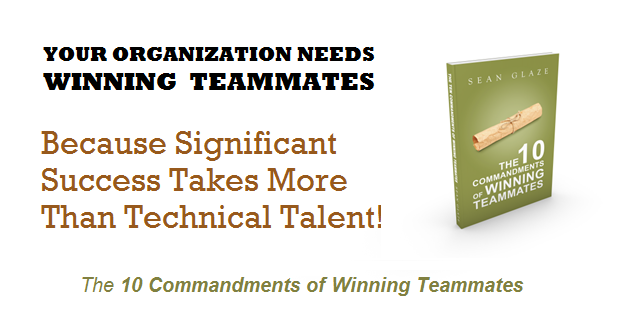 Years ago – as a very young teacher – I was in a meeting where our department head introduced a mandatory form each teacher would be required to fill out. She clearly felt it would be a good idea to have everyone commit to the weekly documentation.
Years ago – as a very young teacher – I was in a meeting where our department head introduced a mandatory form each teacher would be required to fill out. She clearly felt it would be a good idea to have everyone commit to the weekly documentation.
The form was to be included in what was then a formal evaluation notebook that would be used to assess our teaching effectiveness.
After introducing it, she asked something like “does that sound okay with you guys?” and then moved on quickly and later ended the meeting without any real debate or discussion.
But I really don’t remember much about the meeting.
What I remember most is what happened after I left the meeting.
Ahead of me in the hallway were two more experienced teachers, and they could be heard complaining about and criticizing the idea all the way back to their rooms. Nobody had asked their thoughts in the meeting, and they were not willing to take the initiative and share it in the open group.
Now, to be clear, Winning teammates speak up in meetings and not just after them…
But it is the leader who always sets the table – and great leaders take responsibility for inviting the necessary conversations that lead to alignment and commitment.
Regrettably, in many meetings around the country, accepting silence as passive agreement is a landmine that many leaders step on without realizing it.
Many leaders continue to talk AT their people instead of WITH their people.
And that dictatorial style is dangerous… because leaders who do not encourage disagreement and discussion often move on, assuming commitment, when they don’t even have compliance
This leads to critical hallway conversations among staff members that should have been shared in the conference room
Gossip is defined by Dave Ramsey as discussing anything negative with someone who can’t help solve the problem.
And one way to keep the weed of gossip from growing is for leaders to ask questions.
The two most powerful questions leaders can include in their meetings are these:
What do you think about _____?
Before we move forward, what might make ____ a bad idea?
By requesting and valuing other ideas and perspectives, a leader can engage others to be more invested and committed to the eventual decision.
Strong leaders will make it a point to encourage disagreement in meetings – because by asking people for ideas about why your idea might not work you ultimately give permission for dissenting opinions and a free and open discussion among your people.
In many of the groups I work with, one of the important take-away insights is that positive conflict is productive for teams. (If all of your people are thinking the same way, then some of your people aren’t necessary!)
Mediocrity is a symptom of teams unwilling to have tough conversations
You need to draw out and address the dissenting voices and ideas!
If you are interested in moving your team’s performance from mediocre to remarkable, and if you recognize that there are hallway criticisms or a lack of alignment and unity in the projects or initiatives you have introduced (or plan to), perhaps you should include these two questions as part of your next meeting.
- What do you think about _____?
- Before we move forward, what might make ____ a bad idea?
The best leaders ask the best questions and find ways to make their people feel included and valued.
And if you want them to share, you have to make sure that they feel safe enough to speak up without suffering any negative consequence for their honesty.
So ask the questions above with genuine interest.
Be curious.
Instead of inspiring dissention with dictatorial announcements, consider the benefits of inviting conversations that will engage your team in discussion.
People want to be heard…
As a leader, it is better to have the team’s constructive ideas shared and heard in your meetings than to have their criticisms and complaints heard in your hallways…

